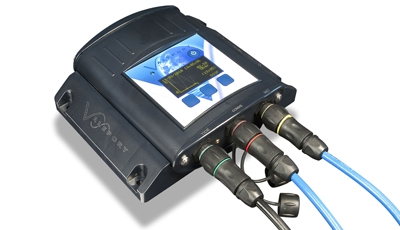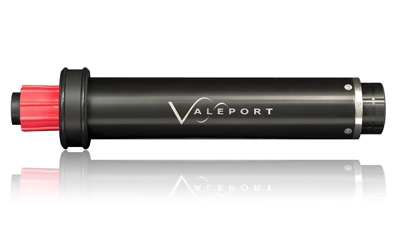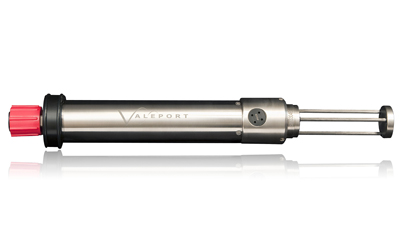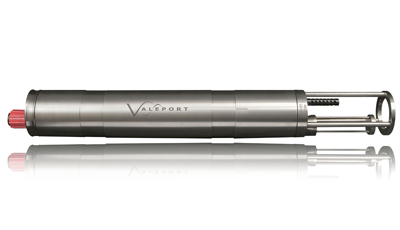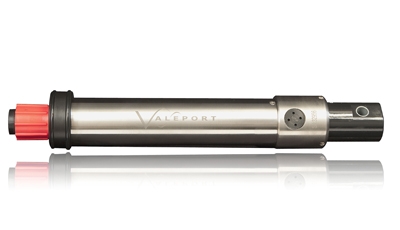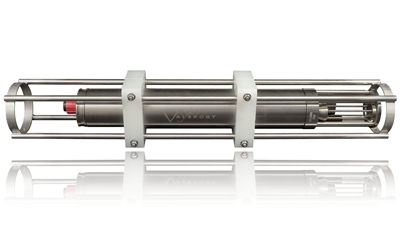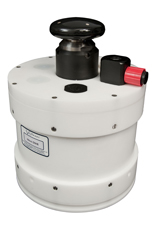
Tide Gauges provide perhaps the most fundamental of all marine measurements - Accurate tidal information. This is critical for Port & Harbour Operations, Dredging, Surveying, instrumentation deployments, and many other applications.
If you are looking for tide gauge equipment that can be deployed for either shore based or offshore / seabed applications, together with telemetry packages for secure data transfer then Valeport can offer a comprehensive range of equipment.
Sound Velocity Sensors and Profilers from Valeport, the world leaders in Sound Velocity technology – a position achieved by both innovative development and meticulous attention to detail throughout the design, manufacture and especially calibration processes. Having been established at the forefront of this field nearly a decade ago with Digital Time of Flight technology, Valeport have now made a series of incremental changes to reinforce that position, ensuring that Valeport SV sensors offer levels of performance that are demonstrably far in excess of even the latest offerings from our competitors.
The CTD is perhaps the most commonly used tool in an oceanographer's armoury, providing detailed profile and time series data on the measured parameters Conductivity, Temperature and Pressure, but more particularly the calculated values of Salinity, Density and Sound Velocity.
Valeport offers a selection of instruments, from simple plug on sensors for OEM applications through hand held systems and devices for long term monitoring at fixed sites, to multiparameter profiling systems for deep ocean applications.
All Valeport CTDs use our own inductive Conductivity sensors. Digital sampling techniques ensure high accuracy, and the unique construction gives sensor stability at any depth. Temperature is always measured with a fast response PRT (Platinum Resistance Thermometer), and instruments also use industry standard strain gauge or resonant quartz pressure sensors.
Wave Recorders from Valeport are a "PUV" type that use Linear Wave Theory to analyse the pressure and current oscillations generated by the wave action. In near shore environments (<20m depth) it is not always possible to use a surface following buoy to measure wave activity. In these circumstances the most cost effective solution is a bottom mounted, pressure based device.
